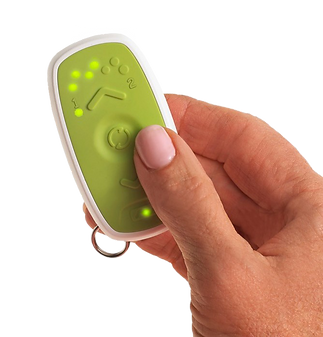Overactive Bladder
What is overactive bladder?
Overactive bladder is a group of symptoms including bothersome urinary urgency, frequency, and waking up to urinate in the middle of the night. Some patients may also have leakage of urine associated with the urge to urinate.
What causes OAB and how common is it?
Approximately 20-40 percent of women in the U.S. suffer from overactive bladder, which can affect women of all ages. Some women may be at increased risk for urinary incontinence due to:
Pregnancy and childbirth
Menopause or aging
Being overweight or obese
Diabetes
Stroke or other neurologic diseases
Prior hysterectomy (removal of uterus)
Smoking
How is overactive bladder diagnosed?
First, your doctor will perform a history and physical examination. While a patient history often is sufficient for a diagnosis, your doctor may request other tests including a urine test, urodynamics, or cystoscopy.
How is overactive bladder treated?
Treating overactive bladder requires a personalized approach. Your doctor will work with you to create a treatment plan tailored to your needs.
First line treatment for overactive bladder include behavioral modifications, such as dietary and fluid changes, and pelvic floor physical therapy.
Second line treatment includes the addition of medications such as beta-3 agonists or anti-cholinergic drugs.
Third line treatment involves minimally invasive office-based procedures including bladder botox, sacral neuromodulation, and posterior tibial nerve stimulation.




